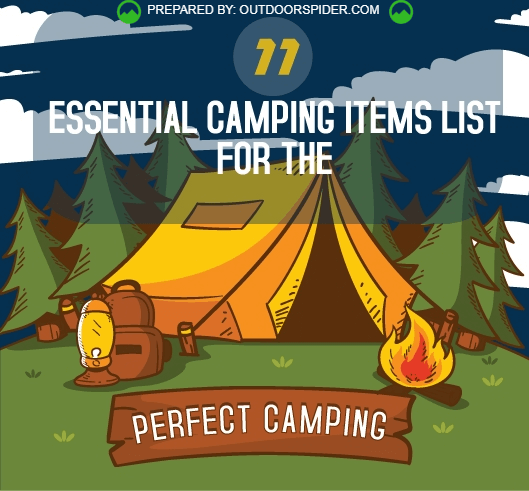Winter outdoor camping is a fun and daring experience, however it requires correct gear to guarantee you remain warm. You'll need a close-fitting base layer to catch your body heat, along with an insulating coat and a water resistant shell.
You'll also need snow stakes (or deadman anchors) hidden in the snow. These can be linked making use of Bob's brilliant knot or a normal taut-line drawback.
Pitch Your Tent
Winter season camping can be an enjoyable and daring experience. Nonetheless, it is important to have the correct equipment and understand exactly how to pitch your camping tent in snow. This will certainly stop cold injuries like frostbite and hypothermia. It is also vital to consume well and stay hydrated.
When setting up camp, see to it to select a site that is sheltered from the wind and free of avalanche danger. It is additionally a great idea to load down the area around your tent, as this will help in reducing sinking from temperature.
Before you set up your tent, dig pits with the very same dimension as each of the support points (groundsheet rings and guy lines) in the facility of the camping tent. Fill these pits with sand, rocks or perhaps things sacks full of snow to compact and safeguard the ground. You may likewise want to consider a dead-man support, which includes connecting tent lines to sticks of timber that are buried in the snow.
Pack Down the Location Around Your Outdoor tents
Although not a requirement in many areas, snow risks (likewise called deadman anchors) are an excellent enhancement to your outdoor tents pitching set when outdoor camping in deep or pressed snow. They are essentially sticks that are made to be buried in the snow, where they will ice up and create a solid anchor point. For ideal results, use a clover drawback knot on the top of the stick and bury it in a couple of inches of snow or sand.
Set Up Your Outdoor tents
If you're camping in snow, it is a good concept to utilize a tent designed for wintertime backpacking. 3-season tents function fine if you are making camp listed below timber line and not expecting specifically severe climate, however 4-season outdoors tents have stronger posts and materials and offer even more protection from wind and hefty snowfall.
Be sure to bring ample insulation for your sleeping bag and a cozy, dry inflatable floor covering to sleep on. Inflatable mats are much warmer than foam and aid stop cool spots in your outdoor tents. You can also include an extra mat for resting or cooking.
It's likewise a good idea to establish your tent near a natural wind block, such as a group of trees. This will certainly make your camp more comfortable. If you can not find a windbreak, you can produce your very own by digging holes and hiding things, such as rocks, tent risks, or "dead man" supports (old outdoor tents guy lines) with a shovel.
Restrain Your Tent
Snow stakes aren't essential if you utilize the ideal strategies to anchor your outdoor tents. Hidden sticks (maybe collected on your method walk) and ski posts function well, as does some version of a "deadman" buried in the snow. (The idea is to produce a support that is so solid you will not have the ability to pull it up, even with a lot of effort.) Some makers make specialized dead-man supports, yet I prefer the simplicity of a taut-line hitch connected to a stick and after that hidden in the snow.
Recognize the terrain around your camp, especially if there is avalanche risk. A branch that falls on canvas messenger bag your camping tent might damage it or, at worst, harm you. Likewise watch out for pitching your outdoor tents on an incline, which can catch wind and lead to collapse. A protected location with a low ridge or hill is better than a steep gully.
